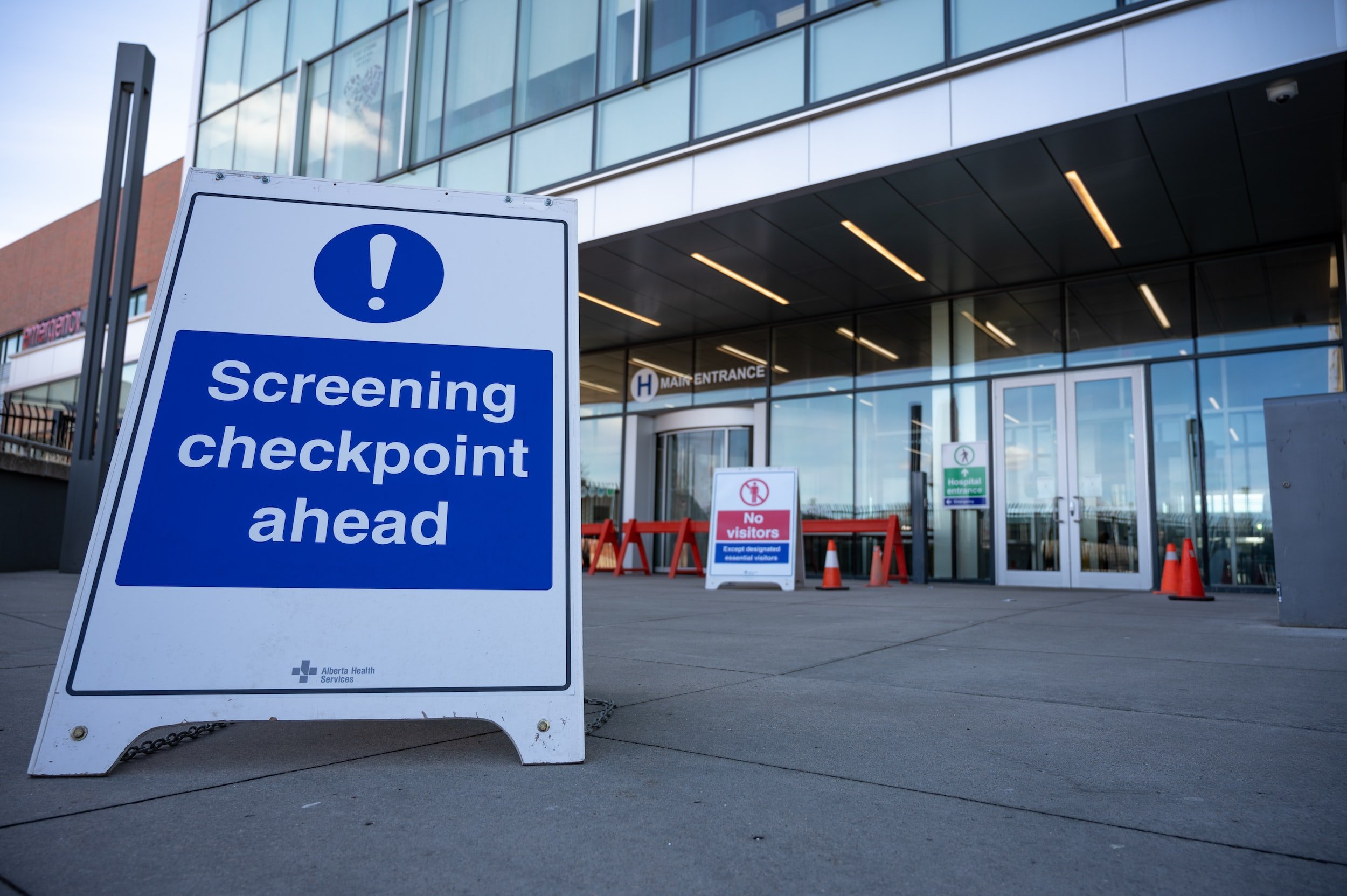Myths About Frictionless Security Screening
In the age of rapid air travel, the process of security screening has become an essential part of the air travel experience. With the increasing demand for a seamless and quick security screening process, many airports and airlines have been promoting the concept of "frictionless security screening." But is this concept truly achievable?
The answer is it depends. Frictionless security screening is a myth for high security applications like airports, and for good reason. The amount of friction involved in the screening process is inversely related to the amount of risk if something catastrophic occurs, and the amount of time and casualties that might be incurred by a breach of security. While security measures are in place to protect passengers and crew members, they can be time-consuming and often frustrating. Here are four reasons why a frictionless security screening process is impossible:
Wanding: Wanding is a common practice during security screening. The process involves a security officer using a handheld metal detector to scan a passenger's body for metallic objects. While this process is quick and non-invasive, it still requires passengers to stop and stand still for a brief moment, thus causing a slight delay in the security screening process.
Chemical Detection: In addition to wanding, many airports now use chemical detection machines to detect any suspicious substances on a passenger's belongings. While this technology is incredibly useful in detecting potentially harmful materials, it requires passengers to wait for their belongings to be screened, resulting in a delay in the security screening process.
Behavioral Screening: Behavioral screening is another aspect of airport security that can slow down the screening process. This process involves observing a passenger's behavior and facial expressions to determine if they may pose a threat. While this technology is incredibly useful, it requires additional time and resources to properly conduct, thus slowing down the security screening process.
Pre-Flight Screening: Prior to boarding a plane, passengers must also go through pre-flight screening, which involves checking passports and tickets, and ensuring that the passenger is not on any no-fly lists. While this process is necessary for security reasons, it adds an additional step to the screening process, which can be time-consuming.
In addition to wanding and chemical detection, metal detectors and body scanners are also commonly used in airport security screening. Metal detectors are used to detect metallic objects on a passenger's body or in their belongings, while body scanners use advanced imaging technology to detect any potential threats, such as weapons or explosives.
One reason why people need to queue up during security screening is to ensure that each passenger is properly screened and all potential threats are detected. Security officers must carefully inspect each passenger's belongings and body to ensure that nothing dangerous is being brought onto the plane. This requires time and attention to detail, which can cause delays in the screening process.
Furthermore, the sheer volume of passengers traveling through airports on a daily basis can also contribute to delays in the screening process. During peak travel times, such as holidays and weekends, airport security checkpoints can become congested and overwhelmed, leading to longer wait times for passengers.
As we move down the spectrum of risk, less and less friction in the screening process is also possible. The RONIN™ Intelligent Threat Detection System is capable of detecting weapons and other threats in a configurable way. For instance, in a lower security setting like a shopping mall it can simply log alerts by taking a picture of the patron generating an alert, logging the time and signal levels of the threat, and drawing a circle around the assessed location of the threat on the body, for further analysis by roving security forces. In a high security application such as an airport, RONIN could be used to physically lock a turnstile and alert local guards immediately to the screening area with an audible alert and lights. It’s configurable to work either way, and that configurability makes RONIN™ applicable to many different scenarios with differing levels of friction and risk.
Overall, while security screening measures such as metal detectors and body scanners are essential for ensuring the safety of air travel, they can also cause delays in the screening process. By understanding the importance of these security measures and allowing ample time for screening, passengers can help ensure a smooth and efficient airport experience.
MIS Security LLC is a technology solutions provider, not a physical security consultant. The content of the website and MIS Security Insights blog should not be taken as professional security advice, and are subject to the Terms of Use found at https://www.missecurity.com/s/MIS-Security-Website-Terms-of-Use.pdf . MIS Security®, RONIN® and the respective logos are trademark property of MIS Security, LLC Tallahassee FL. Copyright © MIS Security 2023, all rights reserved.

